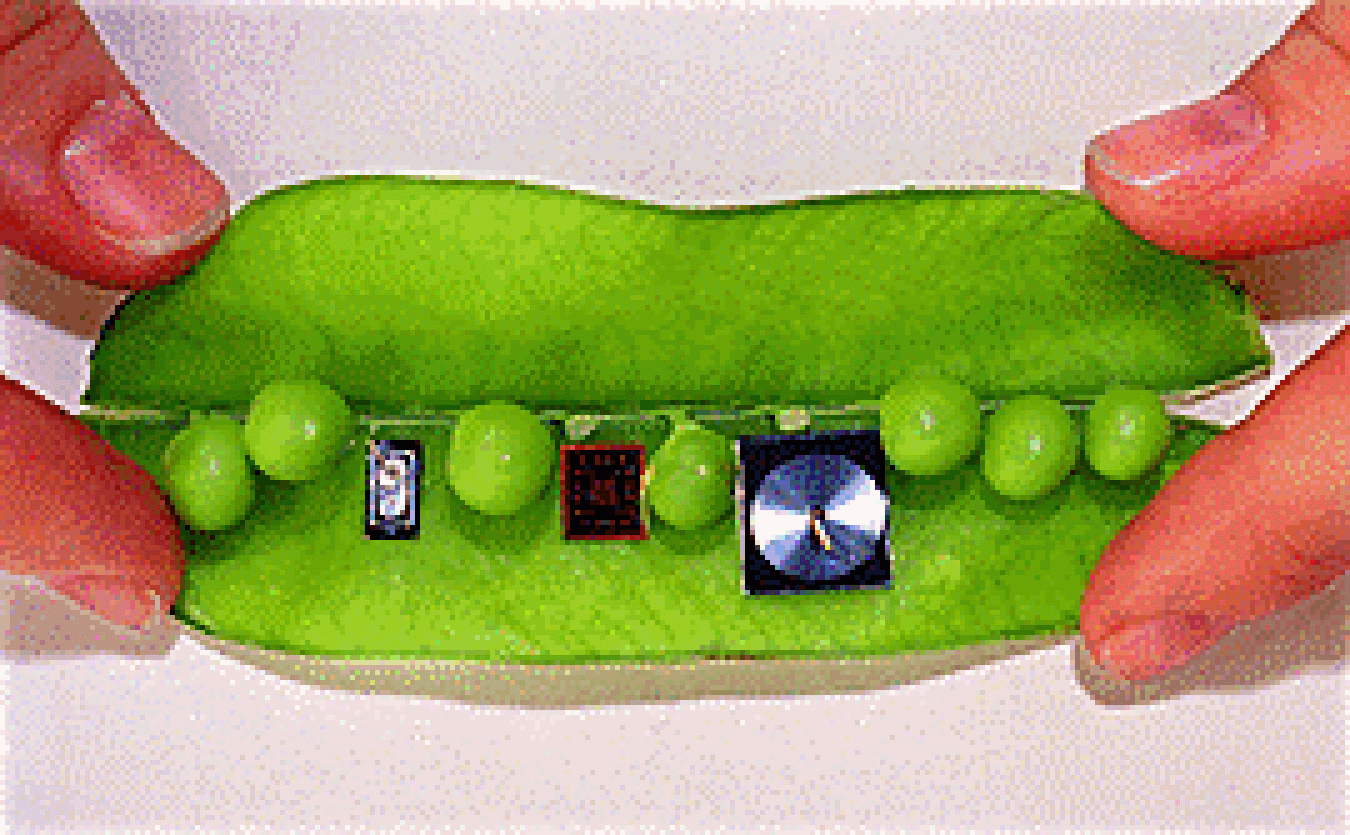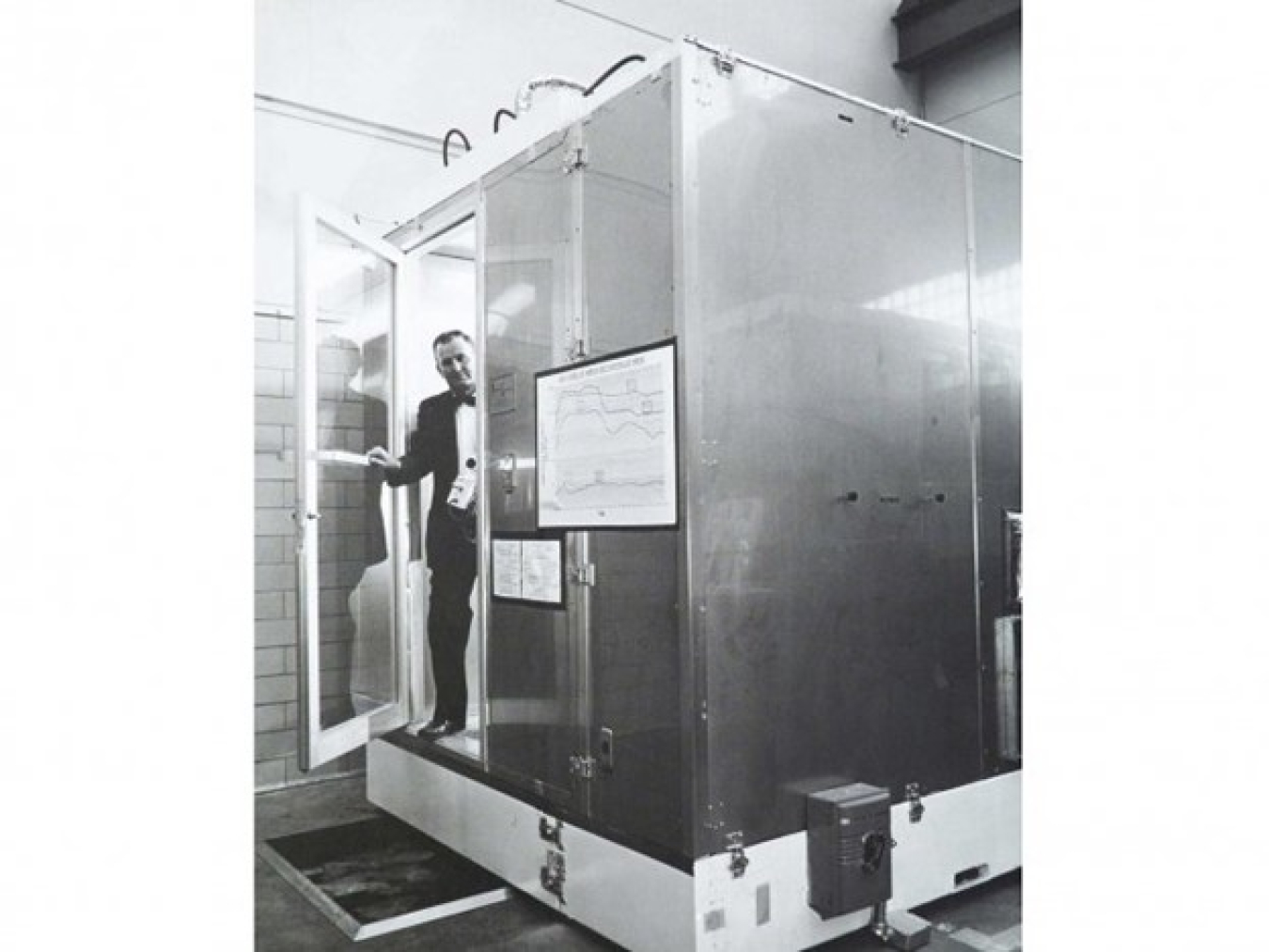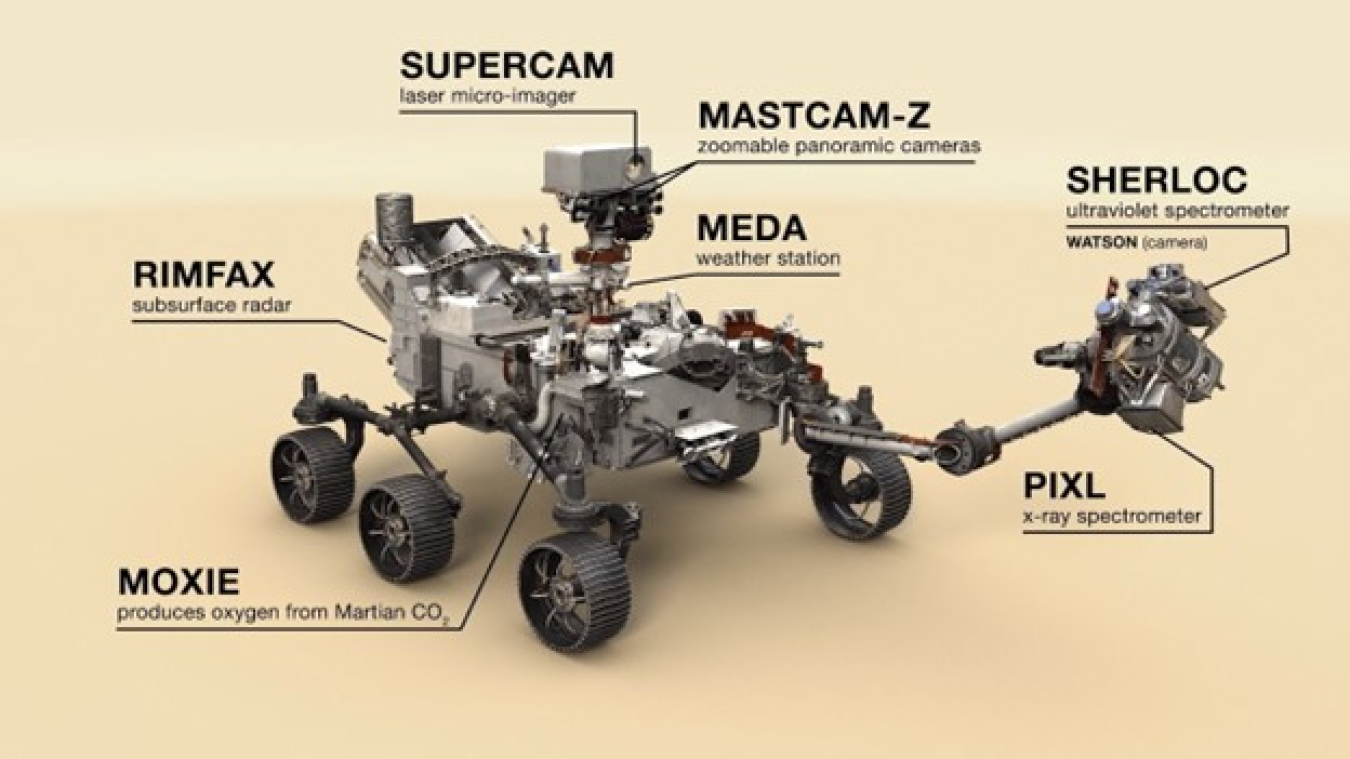Power of Science is an ongoing series highlighting the many contributions that NNSA makes outside of the nuclear security mission. Follow us on Twitter, Facebook, or LinkedIn to make sure you don’t miss an update!
National Nuclear Security Administration
August 18, 2022Power of Science is an ongoing series highlighting the many contributions that NNSA makes outside of the nuclear security mission. Follow us on Twitter, Facebook, or LinkedIn to make sure you don’t miss an update!
Technology transfer
While our innovations developed during the COVID-19 pandemic put us in the spotlight, NNSA has always invested in cutting-edge technologies that we use every day. Growing up, we often read about famed inventors such as Nikola Tesla and Alexander Graham Bell. Today, many of the inventors bringing new ideas to life are funded and employed by NNSA’s broader Nuclear Security Enterprise, which accounts for the largest accumulation of patents that have been issued to the federal government. The technology transfer initiative brings knowledge, intellectual property, and capabilities developed within NNSA to other Federal agencies, private industry, academia, and state or local governments.
NNSA directly supports this through the funding of laboratory and plant-directed research and development, as well as collaborations with other institutions that enable innovators to flourish. DOE and NNSA share an ongoing partnership with FedTech, a venture-building platform that provides a stable opportunity for lab employees to present their ideas to the market, and potential investors. Past technologies from NNSA teams include: electromagnetic pulse protection for more secure communications; a biochemistry technique to more efficiently synthesize new molecules; and revamped wind turbines for green energy.

NNSA’s tech transfer program also enables creators to work directly with industry partners, such as a collaboration between SNL and Goodyear to make tires safer through improved coding and simulations. The modern iteration of LASIK eye surgery was made possible due to the Wavefront technology that SNL originally developed for use in NASA’s James Webb Space Telescope. Many technology transfer partnerships support the medical research described above – for example, a company manufactured a “lab on a chip” originally designed by Sandia for detecting anthrax. Now, it’s being modified to detect other bacteria, such as E. coli. This technology is one of the many R&D Award recipients that NNSA created, with NNSA labs and sites taking home 14 of the 100 awards presented in 2021.

Technology originally destined for defense uses has been leveraged for civilian use. For example, the auto industry saves billions of dollars annually by using the DYNA3D computer code developed by Livermore Lab to analyze the structures of bombs, but which also predicts vehicle behavior by using collision test simulations. Perhaps the most impressive example of this is the clean room – originally designed to keep dust out of nuclear weapons components, this revolution in manufacturing is the reason we have semiconductors, biotechnology, and even smart phones. Clean room technology may have changed private industry in an unprecedented way, but it was developed by the government using taxpayer dollars.

Space exploration and more
To understand the full global impact of NNSA’s technological contributions, perhaps we have to zoom out of this world and into the stars – and exoplanets, and asteroid belts, and beyond. LANL’s machinery sits perched atop the Mars Perseverance Rover, and in one year on the Red Planet has fired a combined one million laser shots to analyze the composition of rocks on its surface. Moving towards Jupiter, an asteroid named 16 Psyche floats in the main belt with an enormous crater on its surface from an impact billions of years ago. LANL scientists are running complex simulations of the impact event, yielding new information about asteroid composition and trajectories.

Back here on Earth, Livermore engineers recently completed almost a decade of designing optical sensors for the newest telescope at the Vera Rubin Observatory. Now, they are building a new telescope destined for flight on NASA’s Pandora mission, to help “untangle” starlight passing through the atmospheres of exoplanets.
And NNSA isn’t just helping study outer space – its scientists and engineers are also helping defend our planet against threats from space. If you watched the Academy Award-nominated movie Don’t Look Up, you might not have connected the Hollywood plot with NNSA, which is understandable. But Planetary Defense is actually a critical NNSA responsibility, and we have plans in place for situations just like Leonardo DiCaprio’s. While there are many detection and mitigation strategies that are non-nuclear, like pushing a near-Earth object off course with a spacecraft, nuclear ablation remains an efficient option that our labs and NASA continue to study.
.

